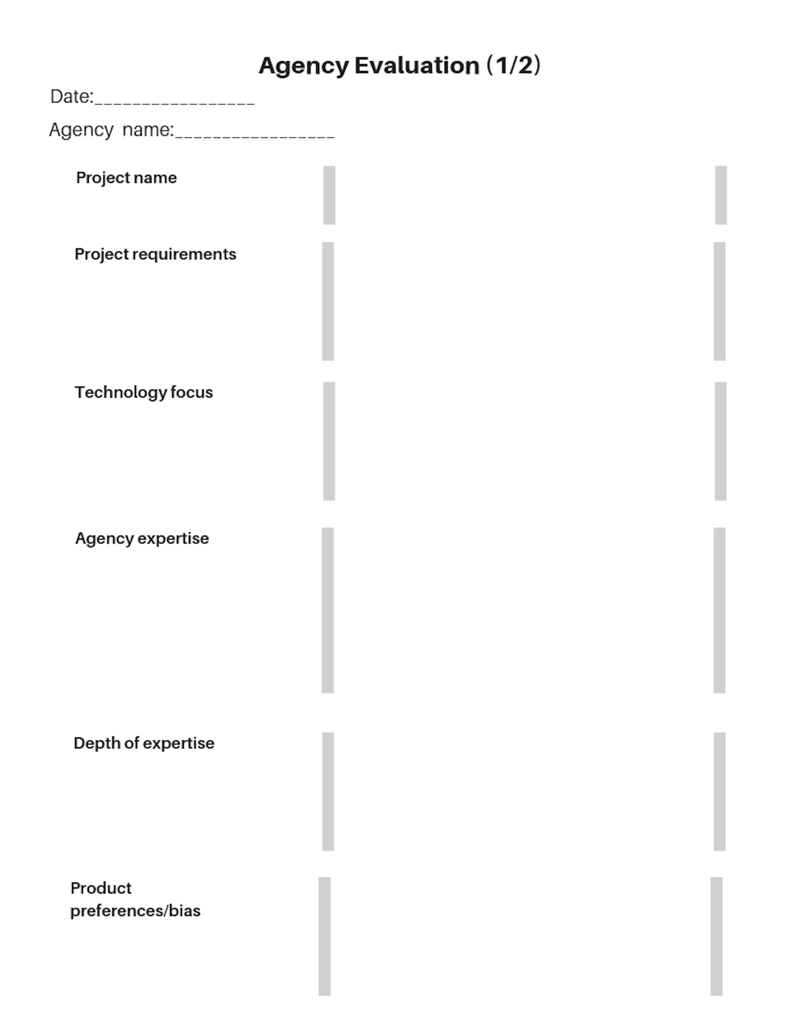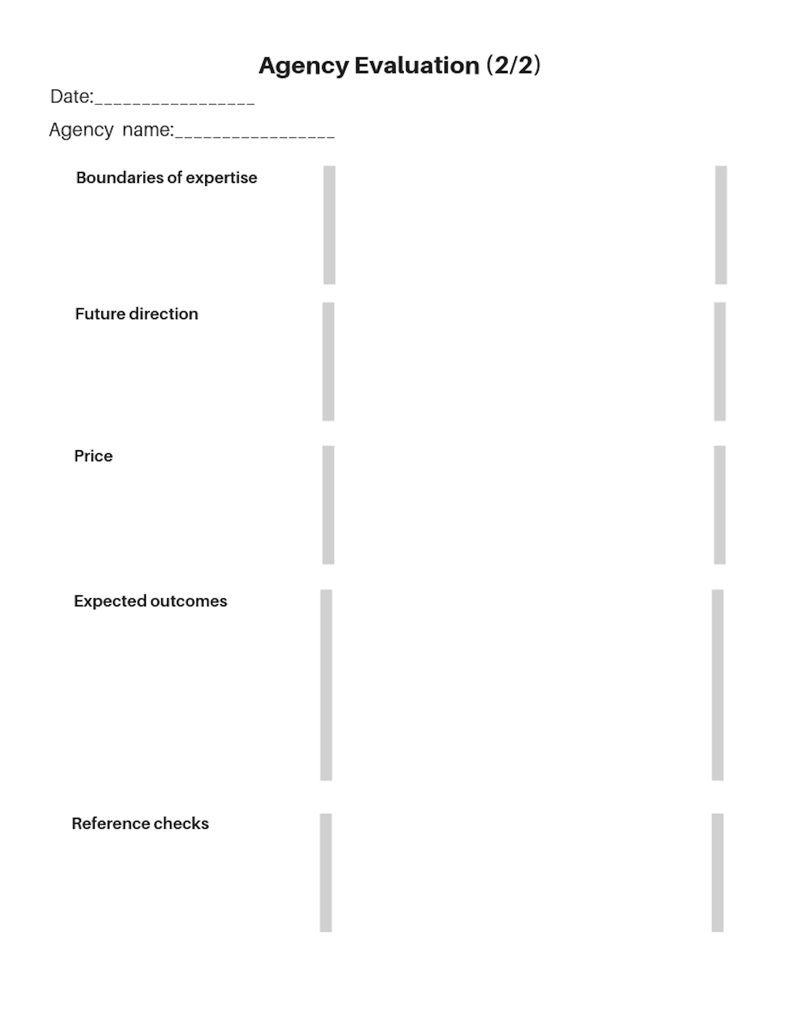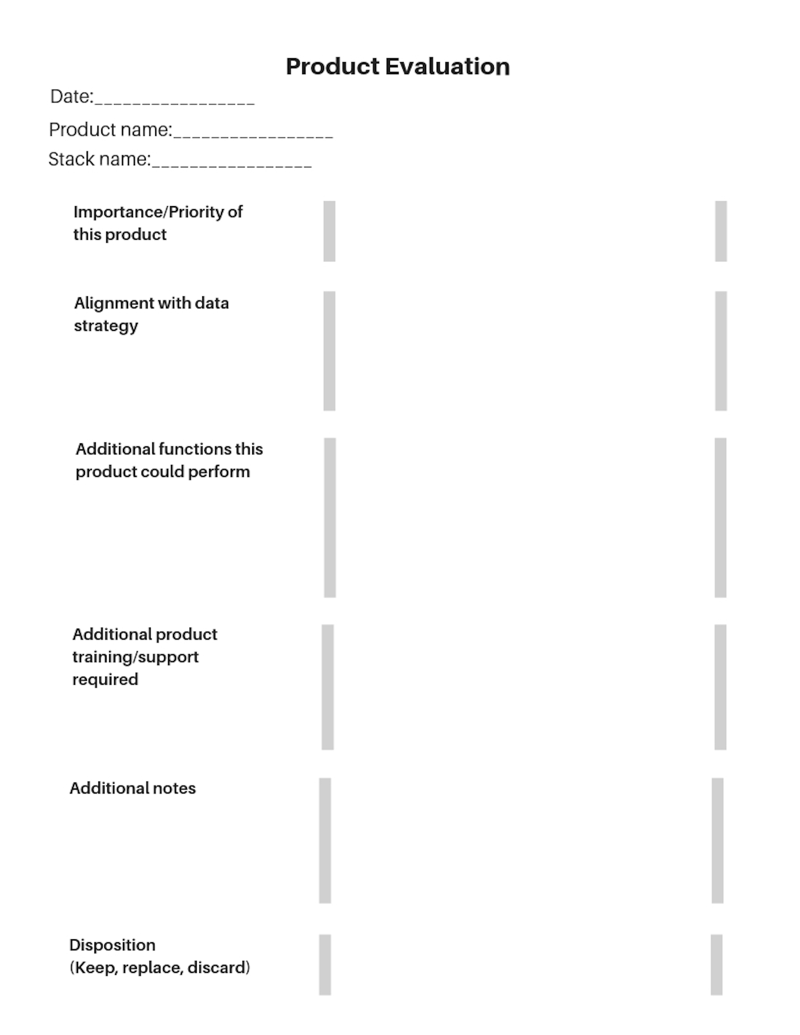The agency and consulting worlds have rapidly evolved over the last three years, with agencies deepening their technology expertise and offering new stack strategy services. Today there are many options for companies needing general or very specific stack strategy assistance.
Strategy, technology, and management consulting firms are now providing marketing technology services that range from strategy to implementation and management. In many cases, these firms are leveraging their IT expertise and experience to deliver a suite of complementary marketing services.
Large marketing agencies that have historically focused on digital media are extending their services to include stack strategy and construction. Agencies heading in this direction are typically taking one of two approaches to getting their arms around the marketing technology landscape: they are either establishing key partnerships with one or two vendors in each category and then developing deep expertise in those platforms, or they are staying vendor agnostic and knitting together a network of category experts whom they can call on to support specific client needs. Both approaches have merit.
Once your stack framework is in place, category/functional specialists and agencies can deliver exceptional value if you know what type of technology you need. You can find experts in virtually every technology category. Agencies that are category/functional experts (e.g., SEO, digital advertising) will in many instances source, deploy, and then manage technology on their client’s behalf. This is particularly helpful in resource- or expertise-constrained environments.
Some of the most interesting agencies are those that were created by founders with deep expertise in one or more anchor technology platforms (e.g., Salesforce, Marketo, and Eloqua), who built their businesses leveraging that core expertise. If you already have your anchor platforms or know which platforms you plan to implement, these agencies can deliver tremendous operational assistance; help with platform integrations; and can drive a sensible expansion strategy to make sure that all the pieces in your stack work well together if you don’t have the resources in-house. As a side note: if you are an organization that is fully dependent on a single internal person to run your anchor marketing platform, I would recommend having one of these agencies on speed dial in the unlikely event that your internal person decides to move on.
There is no right or wrong way to leverage consulting talent. You could choose a single firm to drive everything; you could hire a consultant to be the person who pulls multiple external resources together; or you can serve as the strategist who reaches out to specialists and agencies as needed.
Regardless of the strategy you employ, there are a few things to consider in selecting the right partners, beyond budget, basic capabilities, and cultural fit:
With the introduction of new privacy laws and, in particular, General Data Protection Regulation 2016/679 (GDPR), which makes companies responsible for the compliance of their data supply chain, it’s essential to understand how each technology vendor and data supplier handles customer data and complies with regulatory requirements. This is something that should be tracked within the marketing tech stack.
Once your data architecture is in place, the next step is to look at data flow. Start by understanding which elements of your existing stack are integrated, and map the data flow between these elements. Are the right elements integrated? Are they integrated correctly? Does your data flow support the objectives you are trying to achieve? If the answer to any of these questions is no, then stop, and assess what needs to be done to create the data flow that you need—this may lead to requirements for a new platform.
With a clear data strategy and plan, and clarity around your anchor platforms, you should now move on to looking at the rest of your technology stack.
This is the time to revisit the functionality list that you and your stakeholders created for your marketing technology stack and the product attributes that you collected for each product
For each product in your stack—both acquired and internally developed products— review the following information that you’ve collected:
In addition, you should now also consider:
With all this information in hand, you are now in a position to determine for each product whether to keep it in the stack, retire it, or consider it for replacement.
A few notes:
Finally, when reviewing internally developed technology, it’s important to understand why it was developed in the first place. If it was originally developed because there was no available off-the-shelf product, and now there is, it might be time to consider retiring your internally developed equivalent (unless, of course, you are happy with its performance and you have the resources to continue to support the product).


